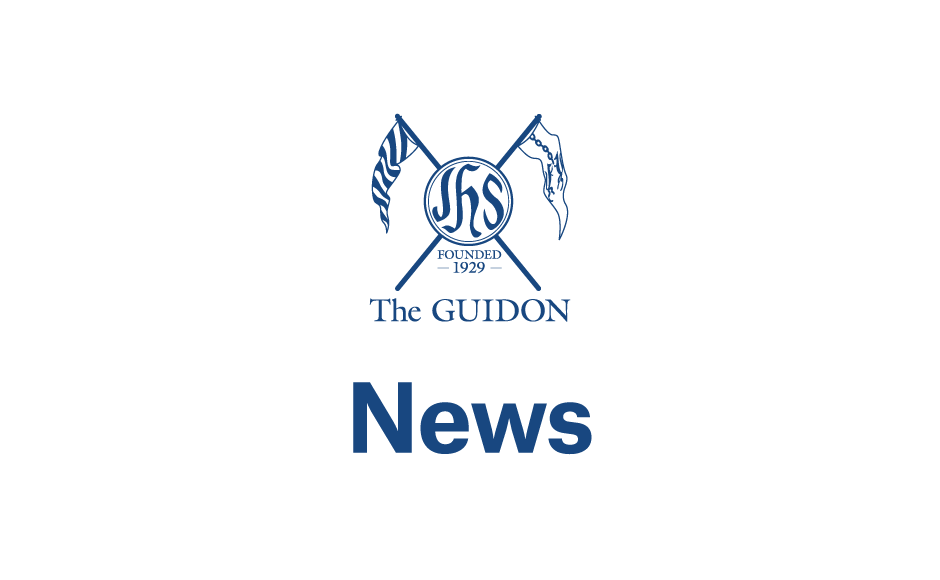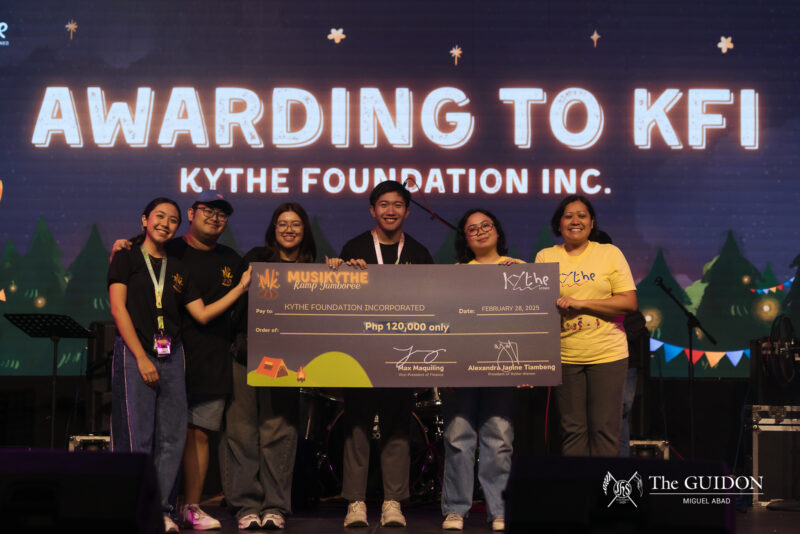THE FIRST SCIENCE x Society Summit was held on April 1 and 2, 2017 and was attended by 25 delegates from different schools in Metro Manila.
The event was headed by Jill Banta and Mark Adam Ferry, both fifth year BS CH-MSE majors, as a joint project with the School of Science and Engineering Sanggunian and the Science and Technology Cluster of the Council of Organizations of the Ateneo.
In his opening remarks, Ferry said the idea of the summit came from the former Vice President of the Loyola Schools of Ateneo, John Paul Vergara, PhD, as well as a number of student leaders from a few years ago.
“The goal was to provide as much insight from different perspectives as possible to scratch the surface of the pressing problems of our society today,” he said. The project did this by inviting speakers from different fields to talk about current issues and discuss viable solutions based on their respective practices.
Students were tasked to create project pitches with their respective groups in response to the issues assigned to them.
The group which was awarded best overall project proposal, composed of Diana Aguila, Christy Betos, Aliena Miranda, Carmina Villena, and Abbygail Ver, provided a solution that made use of clean energy, and aimed to provide the Lumad community in Davao del Norte with renewable energy.
They were awarded Php 4,000, along with groups that were awarded best project pitch for each sector.
“The concept [of the event] is really good: the idea of coming together, not from people you know, but people from different sectors, from different schools,” Miranda said.
The panelists who judged the project proposals were Development Studies instructor Anna Mae D. Dela Cruz, Development Studies Lecturer Benigno C. Balgos, Economics lecturer Marvin T. Lagonera, and Environmental Science Lecturer and James L. Araneta.
Interdisciplinary approach
The first day of the event began with a national situationer, which was given by Oscar Victor Lizardo, Chief Information Officer of Project NOAH (Nationwide Operational Assessment of Hazards). He discussed the importance of hazard maps in disaster risk management, climate change adaptation, and development.
He also stressed the importance of various fields in the multidisciplinary approach of advancing hazard maps, and reiterated that disaster risk management is not all science-based.
“When you develop hazard maps, it’s not just the science of meteorology… papasok mga communicators natin, even ‘yung mga social scientists communicate that to the communities bakit kailangan mag-evacuate (When you develop hazard maps, it’s not just the science of meteorology…it includes communicators and even social scientists who will tell the communities why they need to evacuate),” he said.
It was followed by a talk given by Sociology and Anthropology professor and Science Research Fellow at the Manila Observatory Emma E. Porio, Ph.D., on climate adaptation, risk management and resilience in Metro Manila.
“Are you cooling the earth, or healing the earth?” she asked the delegates during her discussion, where she urged everyone to locate themselves and think about the consequences of their everyday activities. “Think about it. Think what you are doing, what activity you’re doing, and how it is contributing to increasing disaster risk.”
She also focused on the transdisciplinary approach to coming up with solutions for issues, which calls for producing knowledge with other disciplines at different levels. She told delegates to remain in the center, so as not to be disconnected and irrelevant from stakeholders.
“Know what knowledge you want to produce, how it will contribute to the issue, and where you are, and also know that we need everyone’s expertise. There is no room for [a] superhero,” she said.







